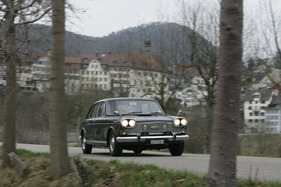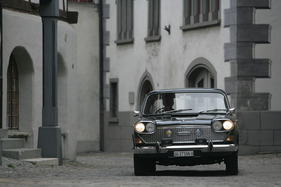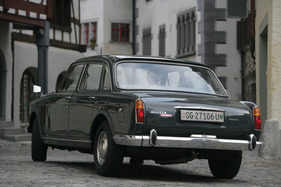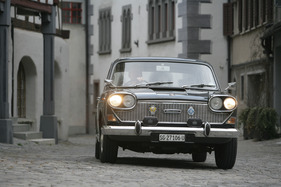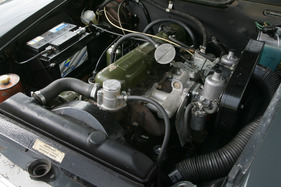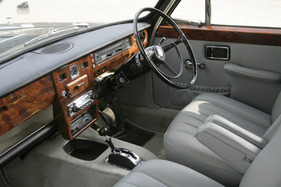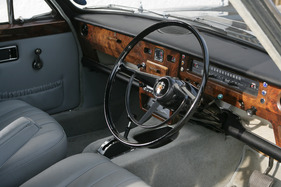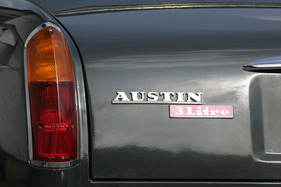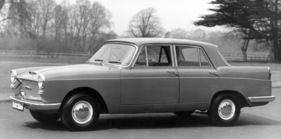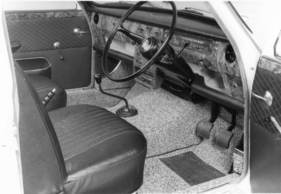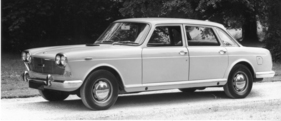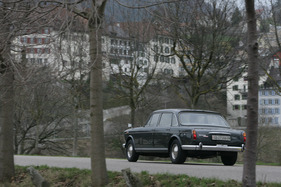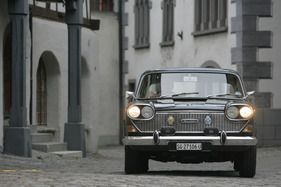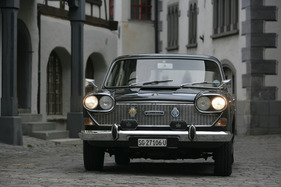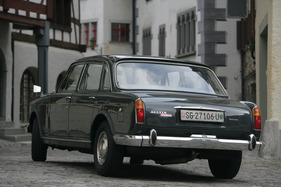Austin 3 Litre - the unknown anti-rolls rover from British Leyland
Summary
When the British Motor Company saw the opportunity in the 1960s to position a new saloon in the upper middle class against top dogs such as the Rover P5 or Humber Super Snipe, the Austin 3 Litre was developed, which shared the passenger compartment with the Austin 1800 but was technically a new design. The combination of existing and new did not really work out, and the car was not a success on the market, even though its ride comfort and spaciousness had nothing to fear from comparison. This report describes the history of this rare saloon and provides driving impressions from today, accompanied by current and historical pictures, as well as several sales brochures.
This article contains the following chapters
- A long history
- When accountants make design decisions
- Spacious, high-quality interior
- Technically up to date
- Embarrassing silence at the presentation
- Positive press comments too
- No interest from importers
- Model update as early as 1968
- Drive like a king
- Silent smoothness
- Further information
Estimated reading time: 7min
Preview (beginning of the article)
Probably very few people will recognize the Austin 3 Litre, built from 1968 to 1971, when they see it on the road. However, the likelihood of this happening at all in our part of the world is less than winning the lottery. Officially, the car was never imported into Switzerland and it never appeared on German price lists either. The local sales department simply refused to sell this car. The history of the Austin 3 Litre, which bore the model designation ADO 61, is symptomatic of the development that the entire British automotive industry underwent in the 1960s. In the early 1960s, BMC (British Motor Company) recognized the opportunity to launch a new saloon in the three-litre class to compete with the established Rover P5, Vauxhall Cresta and Humber Super Snipe. Several models (Bentley Java, Rangoon, Bentley Bengal) were developed in cooperation with Rolls-Royce, but none of them reached market maturity, with the exception of the Vanden Plas Princess 4-litre R.
Continue reading this article for free?
Photos of this article



